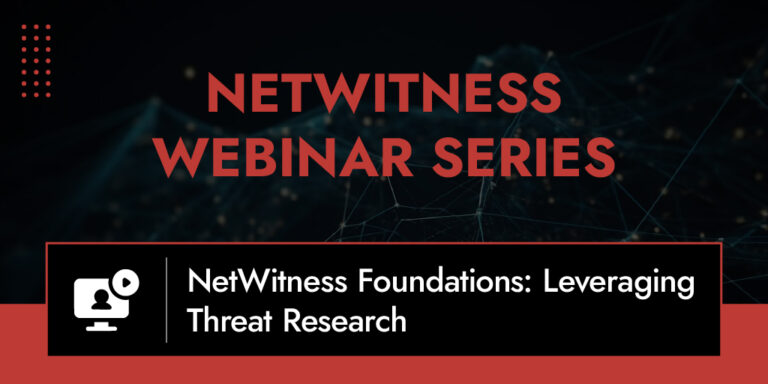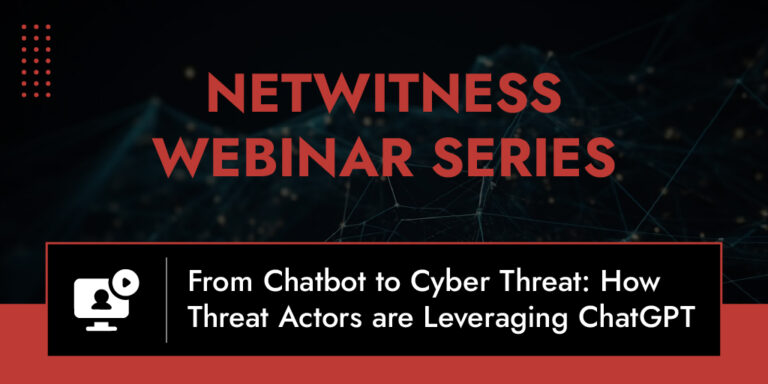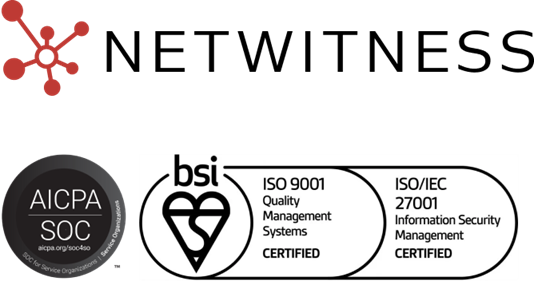What is IoT Monitoring?
IoT Monitoring (Internet of Things Monitoring) is the systematic practice of collecting, analyzing, and managing data from Internet of Things devices and networks to ensure optimal performance, security, and operational efficiency across connected ecosystems. This discipline involves continuous tracking of device health, connectivity status, and operational metrics to detect anomalies, prevent failures, and maintain reliable operations.
Implementing robust IoT monitoring solutions through dedicated IoT monitoring platforms enables organizations to gain real-time visibility into their IoT infrastructure, support predictive maintenance programs, and make data-driven decisions that optimize costs and improve business outcomes.
Synonyms
- IoT Device Management
- IoT Device Supervision
- Remote Monitoring
- Remote Asset Monitoring
Why IoT Monitoring Matters
Failing to implement effective IoT device monitoring can result in unexpected downtime, security vulnerabilities, inefficient operations, and missed opportunities for predictive maintenance. Key reasons IoT monitoring tools are essential include:
- Operational Reliability: Ensuring continuous functionality of IoT devices that support critical business processes and infrastructure operations.
- Security Protection: Detecting unauthorized access attempts, identifying vulnerabilities, and preventing cyberattacks targeting Internet of Things (IoT) devices.
- Predictive Maintenance: Tracking equipment conditions to predict failures before they occur, reducing downtime and extending asset lifecycles.
- Cost Optimization: Identifying inefficiencies in resource utilization and enabling data-driven decisions that reduce operational expenses.
Effectively implementing IoT monitoring software ensures organizations can maintain system health, enhance security posture, and maximize the business value of their connected device investments.
How IoT Monitoring Works
IoT Monitoring platforms typically follow a structured three-step process:
- Discovery and Registration: Identifying, organizing, and connecting every IoT device within the ecosystem, assigning unique identifiers, and authenticating devices before network access.
- Continuous Data Collection: Gathering real-time metrics from sensors, controllers, and actuators including operational states, power levels, connectivity status, and performance indicators.
- Analysis and Visualization: Processing collected data through analytics engines that identify patterns, detect anomalies, and present insights through dashboards and reports.
- Alert Generation: Triggering notifications when metrics exceed thresholds or anomalies indicate potential issues requiring immediate attention.
- Automated Response: Executing predefined actions based on monitoring data such as adjusting machinery settings, halting operations, or initiating maintenance procedures.
Types of IoT Monitoring Applications
- Industrial IoT Monitoring: Tracking manufacturing equipment, production lines, and industrial machinery to optimize efficiency and prevent costly breakdowns.
- IoT Remote Monitoring: Enabling centralized management and oversight of distributed devices across multiple locations without physical presence.
- Infrastructure Monitoring: Overseeing critical systems like energy grids, water treatment facilities, and transportation networks requiring continuous operation.
- Environmental Monitoring: Tracking conditions such as temperature, humidity, air quality, and energy consumption for optimization and compliance.
Best Practices for IoT Monitoring
- Implement Centralized Platforms: Deploy comprehensive IoT monitoring solutions that provide unified visibility across diverse device types and manufacturers.
- Enable Auto-Discovery: Use monitoring IoT devices capabilities that automatically detect and register new devices joining the network.
- Prioritize Security Monitoring: Continuously track firmware updates, software patches, unusual connections, and potential vulnerability indicators.
- Establish Alert Thresholds: Configure intelligent alerting that balances sensitivity with noise reduction to ensure timely notifications without overwhelming teams.
- Support Predictive Analytics: Leverage IoT monitoring software with machine learning capabilities that identify patterns indicating potential failures.
Related Terms & Synonyms
- IoT Device Management: Comprehensive processes for provisioning, configuring, maintaining, and monitoring Internet of Things devices throughout their lifecycle.
- IoT Device Supervision: Ongoing oversight and control of connected device operations, performance, and security status.
- Remote Monitoring: Capability to oversee and manage systems, devices, and infrastructure from centralized locations without physical presence.
- Remote Asset Monitoring: Tracking and managing distributed physical assets and equipment through connected sensors and communication technologies.
People Also Ask
1. How to monitor IoT devices?
Monitor IoT devices by implementing dedicated IoT monitoring software that auto-discovers devices, continuously collects performance and health metrics, analyzes data for anomalies, generates alerts for issues, and provides centralized dashboards for visibility across the entire connected ecosystem.
2. What are the best practices for IoT gateway monitoring?
Best practices for IoT gateway monitoring include tracking gateway connectivity and uptime, monitoring data throughput and latency, securing gateway communications, maintaining firmware updates, implementing redundancy for critical gateways, and establishing alert thresholds for performance degradation.
3. What is IoT remote monitoring?
IoT remote monitoring is the capability to oversee, manage, and control Internet of Things devices and systems from centralized locations without requiring physical presence at device sites, enabling efficient management of distributed IoT deployments across multiple geographic locations.
4. What are IoT platforms?
IoT platforms are comprehensive software solutions that provide the infrastructure, tools, and services needed to connect, manage, monitor, and analyze Internet of Things devices, including capabilities for device provisioning, data collection, analytics, security, and application development.




